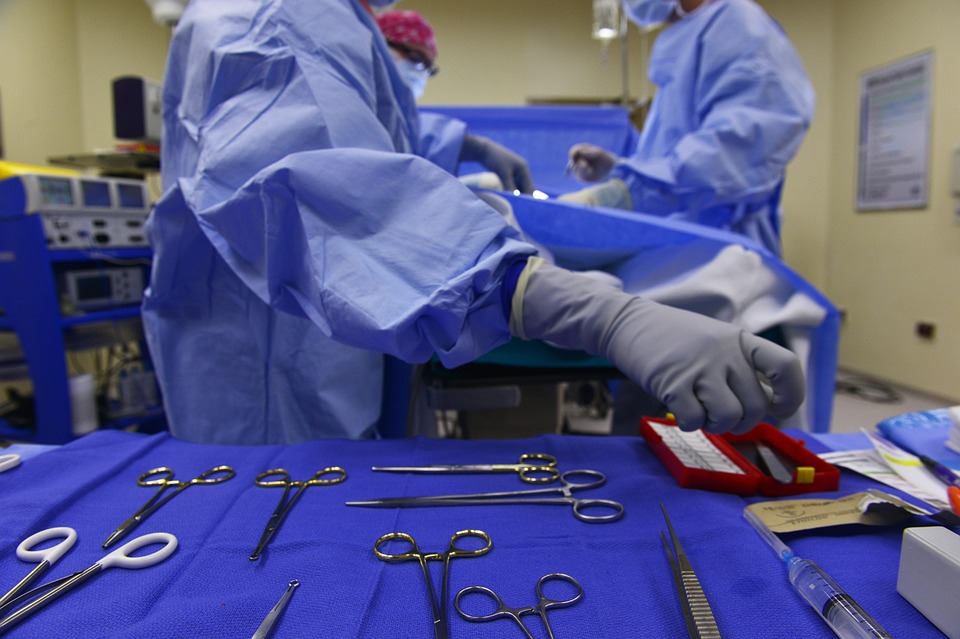The federal Agency for Healthcare Quality and Research recently wrote this:
Few medical errors are as vivid and terrifying as those that involve patients who have undergone surgery on the wrong body part, undergone the incorrect procedure, or had a procedure intended for another patient. These “wrong-site, wrong-procedure, wrong-patient errors” … are rightly termed never events — errors that should never occur and indicate serious underlying safety problems.
The only real problem with this summary of the problem of surgical errors in the United States seems to be the word “few.” In May 2016, researchers from Johns Hopkins released analysis showing that “more than 250,000 deaths per year are due to medical error in the U.S.” This estimates places mistakes by health care professionals the third-leading cause of death for people in America.
As for surgical errors specifically, current reviews of hospital and patient records indicate that 1 in 100,000 surgeries involve a wrong site error and 1 in 10,000 surgical procedures end with a sponge, implement or some other foreign object being left inside the patient’s body. Those error rates may not sound too bad, but it must be remembered that hundreds of millions of surgeries are performed each year. Also, the list omits events such as anesthesia errors, cutting into nearby organs or arteries, and even setting patients on fire when producing sparks in the presence of flammable gases.
The real issue, as both medical professionals and medical malpractice attorneys agree, is that nearly every surgical error is preventable.
RELATED CONTENT
· Are You a Victim of Surgical Error?
· Perforated Bowel: A Preventable Surgical Mistake
· Medical Malpractice and Surgical Errors
A standards-setting organization called the Joint Commission in 2003 issued a Universal Protocol for Preventing Wrong Site, Wrong Procedure, and Wrong Person Surgery. That practice guideline calls for, among other things,
- Correctly identifying and matching patients with documents describing the surgery to be performed;
- Briefing the patient and all members of the surgical team on what to do and to expect;
- Marking the site of an incision or labeling the body part to operate on, even going so far as to write “Do Not Operate” on the wrong limb; and
- Taking a timeout before the procedure to go over a checklist and discuss possible complications.
Later, the World Health Organization published a Safe Surgery Checklist that can be adapted for use with any procedure.
The existence of consensus best practices like these establish what medical malpractice attorneys refer to as a medical standard of care. Failing to following the widely available and well-known guidelines for performing surgeries constitutes negligence or recklessness.
Surgeons can be held responsible for failing to ensure everyone on a surgical team met the standard of care. The hospital where a surgical error occurred may also be held responsible for failing to ensure the surgeon met his or her duty to practice safely or for failing to provide the surgeon with the training, staff and tools needed to protect the patient.
Proving that a surgical team and hospital administrators acted negligently or recklessly can be difficult when the error made is not as visible as a mistaken amputation or forgotten staple. But the existence of checklists and universal standards for practice are enforceable protections for medical malpractice victims.
EJL